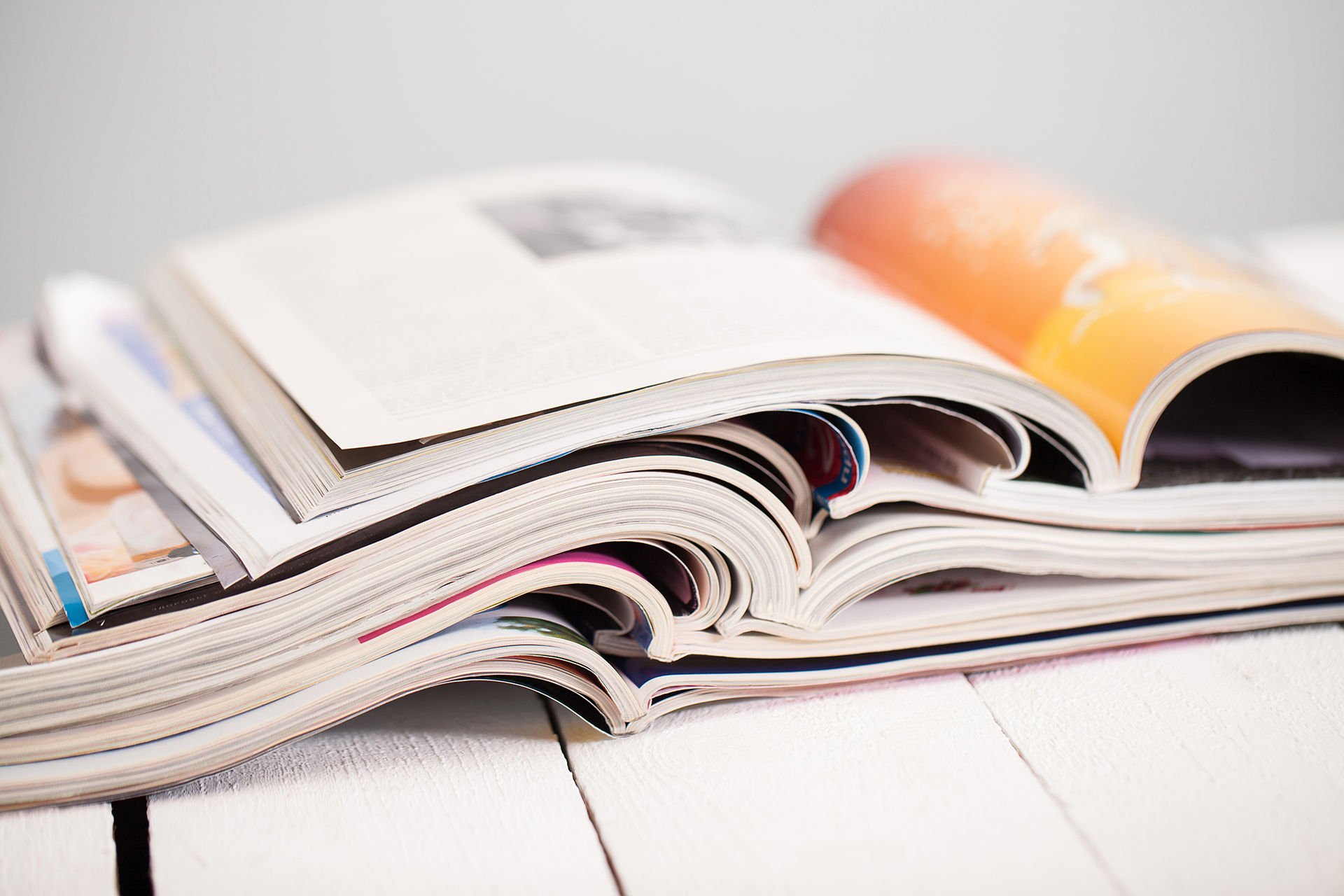top of page

MEDCI

READING

Silent Reading
1914
In the early 1900’s, research confirmed that silent reading was greater than oral reading in both speed and comprehension. Smith referred to the shift to silent reading as the “first truly great breakthrough in American reading instruction.” As referenced by Edmund Burke Huey in the Psychology and Pedagogy of Reading, silent reading was the place for “thought getting and thought manipulating.” Libraries began to expand as an abundance of materials were produced. Teachers began to encourage students to read outside of school. Abundant materials, reading expectations, and rapid communication supported the movement towards silent reading.
bottom of page